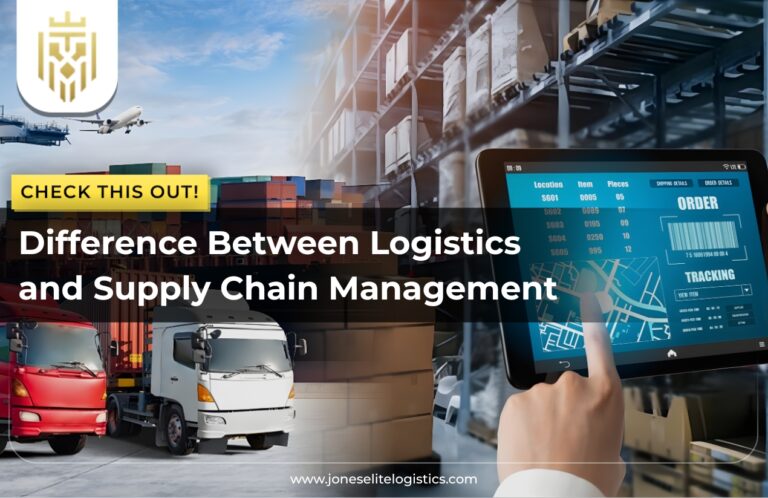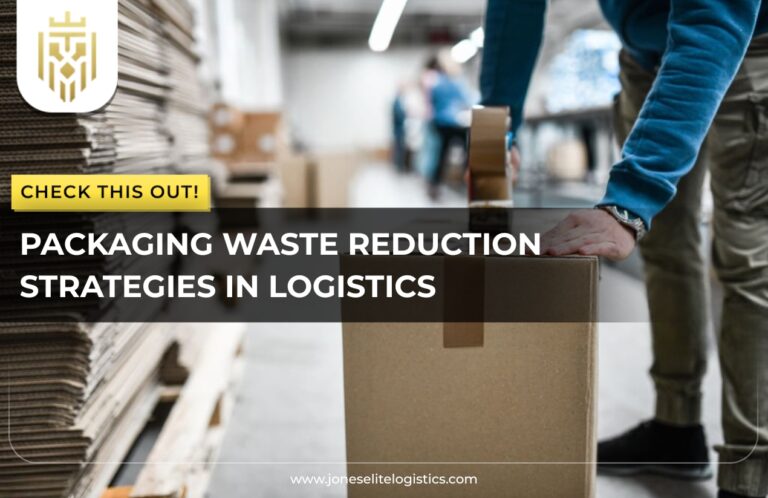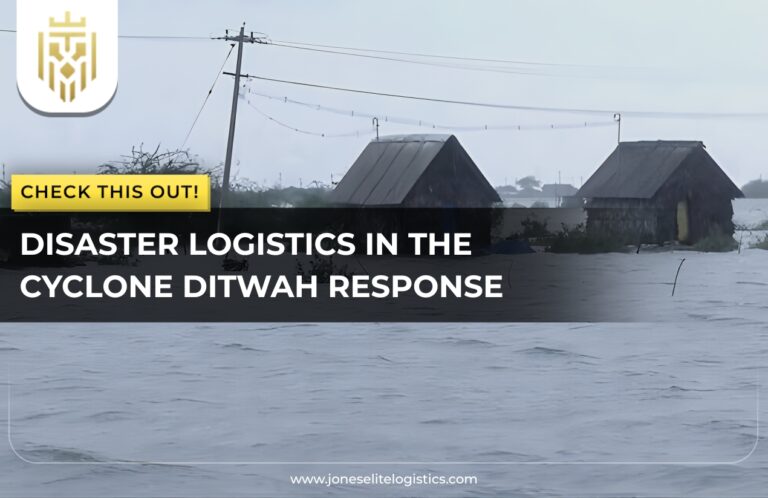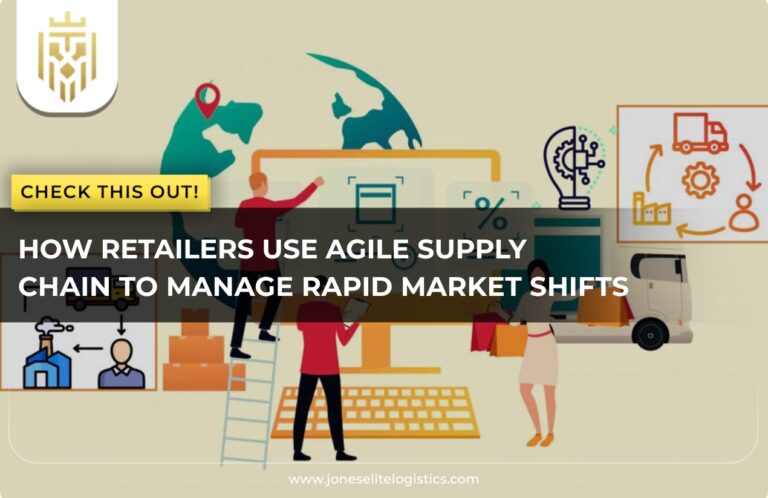Even with world-class logistics, moving a cold Coca-Cola bottle into a remote, end-of-paved-road village wasn’t easy: broken infrastructure, long distances, and other logistics-related issues required Coca Cola to reinvent last mile delivery with Mobile Distribution Center (MDC). This is about the kind of innovative thinking and local partnerships determination that bring a Coke all the way within reach-that much closer for everyone.
How Coca-Cola Reaches Where Roads Do not Exist: A Last-Mile Story
Coca-Cola’s story in rural Africa reflects a master at last mile operation under near-zero existing infrastructure across the continent. Using an innovative integrated model, the company did away with topographical and connectivity challenges that enmesh traditional delivery. This is typified by ingenuity, involvement of the community and precision in logistics serving areas out of reach of even GPS and disappearing formal supply chains.
The Problem No Truck Could Solve
In many areas of Africa, the narrow pathways, seasonal rivers, and unpaved roads do not allow trucks to reach local stores. Where infrastructure ends, small delivery vehicles get stuck. Coca-Cola found out that conventional systems hence fail at such places and formulated a new business model of last mile operation-the kinds of operations that can be said to be delivering products where wheels cannot roll.
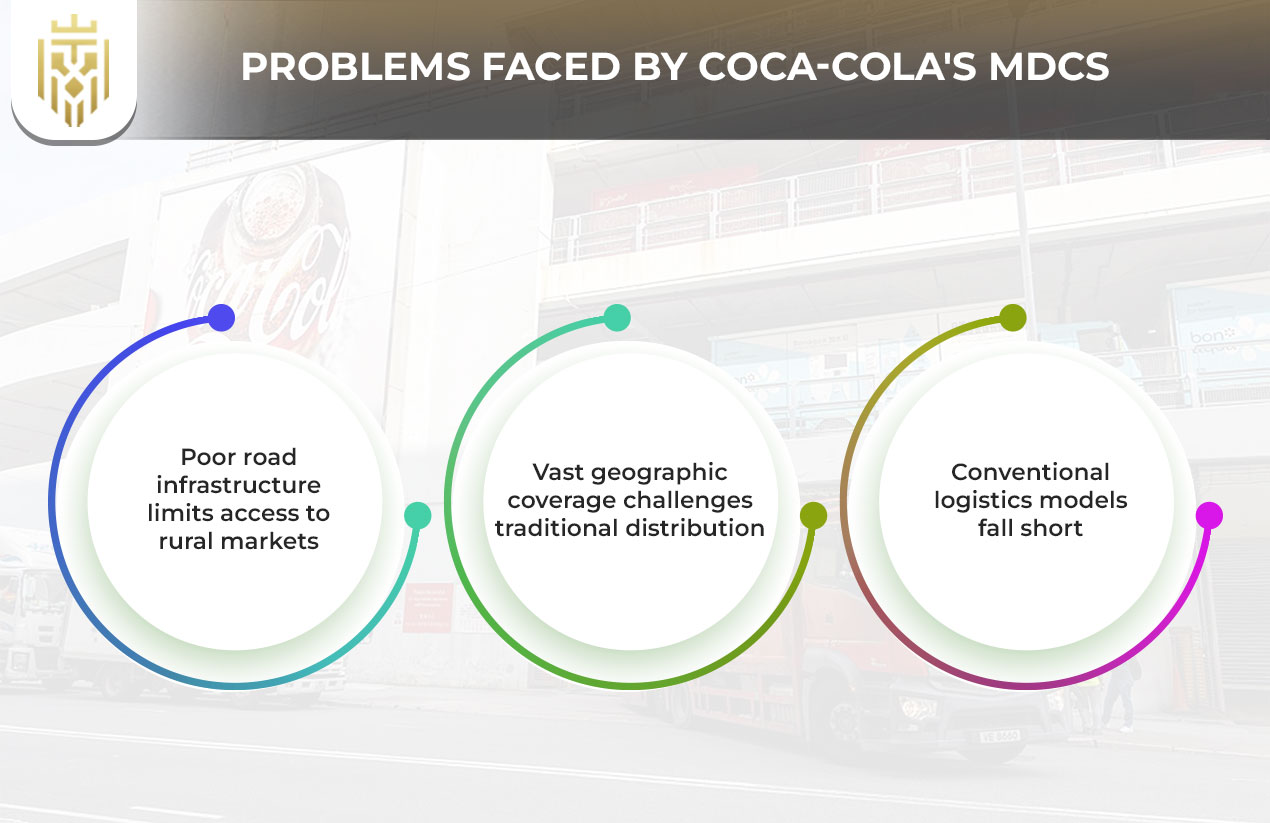
-
Poor road infrastructure limits access to rural markets
Millions of people live off paved roads. Such dismal infrastructure becomes a perfect bottleneck for consistent outputs at a site in a corporation like Coca-Cola. It is in this context that the last mile becomes crucial since that last stretch of the supply chain passes through mud tracks, narrow alleys and isolated villages. Solutions without localization are possible unless access exists-but demand exists, meaning that infrastructure dies because it is one of the greatest challenges in FMCG logistics.
-
Vast geographic coverage challenges traditional distribution
Coca-Cola operates millions of square miles geographically and often under conditions of sparse population spread over those areas. Conventional centralized distribution is impossible to scale in these situations feasibly. Thus, to ensure Coca-Cola product availability and avoid incurring major costs, its approach had to change towards a decentralized network, making clear last-mile delivery must adapt and be able to tap into local knowledge and micro-level infrastructure to achieve success where standard logistics fail.
-
Conventional logistics models fall short
Place last mile distribution in urban or developed areas: Do such things break down when it comes to rural areas? It ranged from high fuel consumption to time inefficiencies, and the conventional truck-to-retailer model was quite unable to span the rural and urban divide. Coca-Cola could do things differently, as demonstrated-by developing across the first mile last mile operations focused on local empowerment and customized delivery mechanisms. This proves that scale and flexibility can coexist in hard-to-reach territories.
Reinventing Last-Mile: The Rise of Manual Distribution Centers (MDCs)
Coca-Cola Manual Distribution Centers (MDC) commenced in 1999 as a sustainable solution for rural access. Rather than create long-distance supply chains, MDCs became local hubs run by community entrepreneurs. These centres altered the last mile logistics setting, which had become a bottleneck, into business opportunities. When bottlenecks arise, MDCs are crucial because of their adaptability-from walking deliveries to cart services- resolving a critical void in Coca-Cola’s distribution structure.
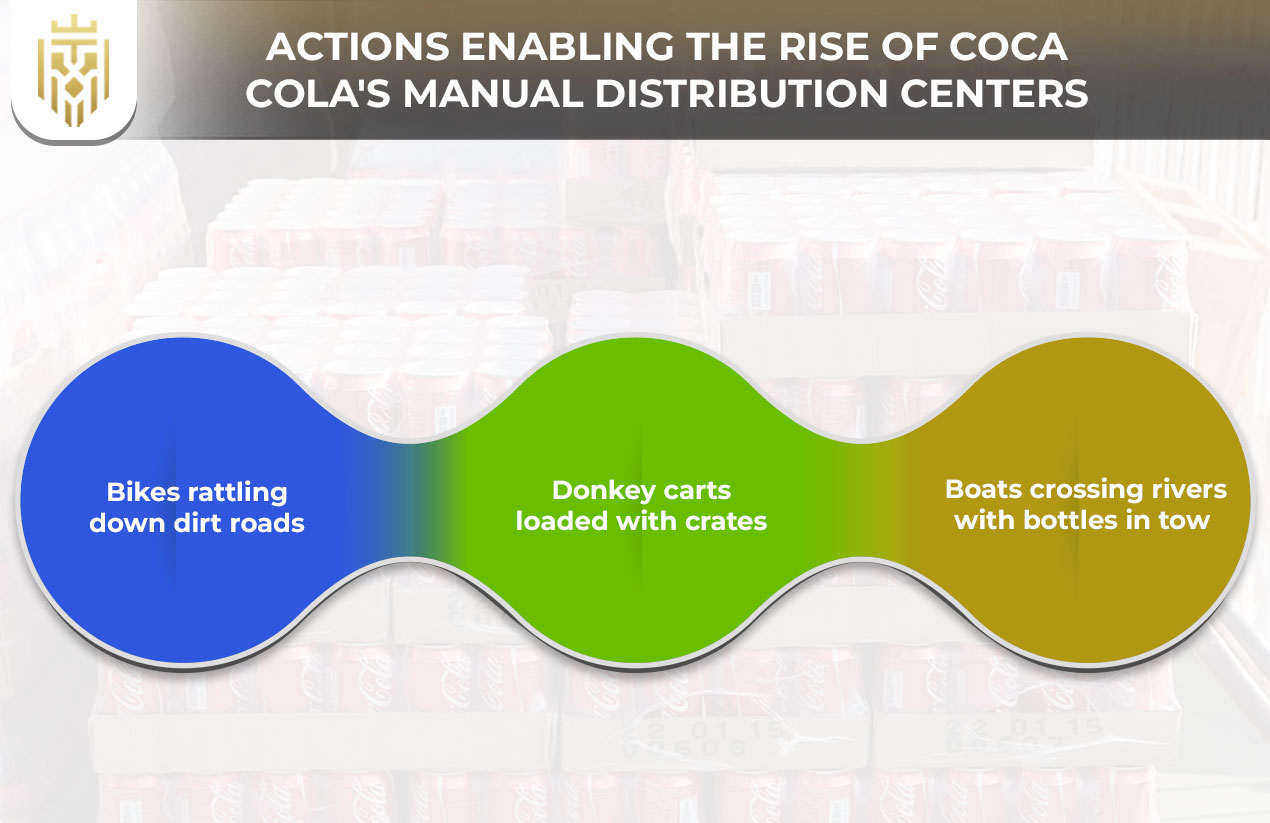
-
Bikes rattling down dirt tracks to reach retailers
Lightweight bicycles replace vans in many rural areas. These enable MDC operators to transport crates through narrow trails and footpaths. This last mile delivery bastion clearly shows flexibility over strength. Compared to larger vehicles, bikes can handle rocky terrain without compromising on delivery frequency. Coca-Cola thrives upon free-flowing human systems that assure access shall never be an impediment in availability.
-
Donkey carts and hand-pushed trolleys carrying crates
Where it is impossible for wheels to go, legs and mules come to work. Donkey carts and trolleys are engaged to transport Coca-Cola crates across dry riverbeds and areas reserved for pedestrians. Such community-driven last-mile operations generate economic activity for unrecognized zones. Instead of acting as deterrents, Coca-Cola integrates these disadvantages as part of its logistics theory, proving that sometimes low tech is the best-performing solution.
-
Boats crossing rivers with bottles in tow
Rivers separate communities in Uganda or Mozambique where bridges are rare. One key last mile-layer for Coca-Cola is the boats, whether motorized or rowed. From small fishing vessels to cargo rafts, this water-laden last-mile delivery approach is versatile. Every delivery journey becomes a logistical puzzle solved through community collaboration, proving that terrain should never block a brand’s reach.
Inside Coca-Cola’s Manual Distribution Center Model
Coca-Cola’s MDC system decentrally distributes logistics by creating micro-entrepreneurs on the fringes of cities and villages. At these local hubs, bulk deliveries are received and subsequently broken into smaller consignments that suit neighborhood needs. This model complements Coca-Cola’s thinking behind scalable last mile operations, allowing considerable cost reduction with reasonable assurances. Most importantly, it cultivates entrepreneurship and shared ownership in achieving delivery efficiency across the network.
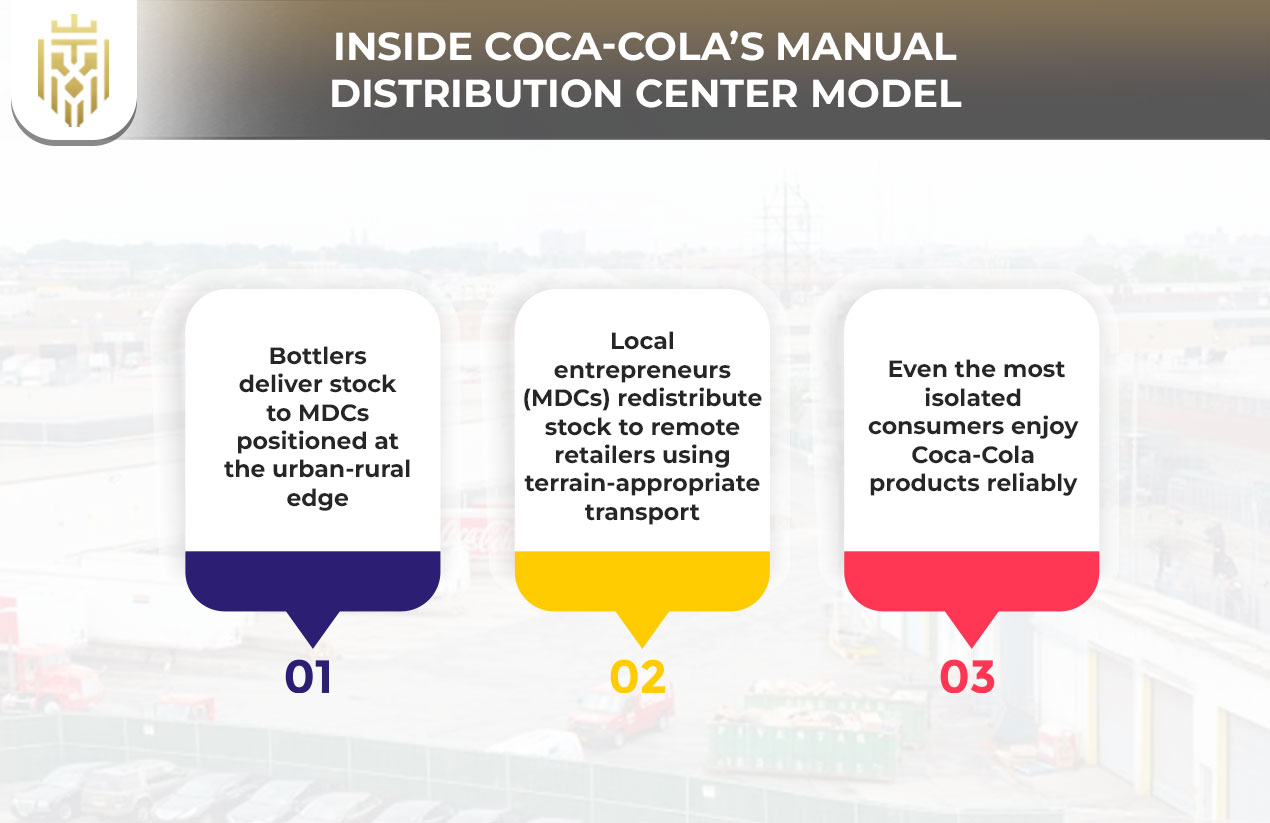
-
Bottlers deliver stock to MDCs positioned at the urban-rural edge
Large bottlers transport bulk orders to MDCs located strategically at town outskirts or rural borders. These drop-off points mark the end of traditional transport and the start of localized last mile operation systems. The MDCs receive, store, and prepare shipments for informal transport. This two-dimensional approach propagates the delivery network into the remotest of stores while simultaneously preserving freshness and supply consistency.
-
Local entrepreneurs (MDCs) redistribute stock to remote retailers using terrain-appropriate transport
MDC owners, mostly small business entrepreneurs, are knowledgeable about the terrain and are well versed in the local routes for the distribution of Coca-Cola products. Ranging from bicycle operators to pushcart operators to walkers, they all epitomize the last mile operation meaning. Coca-Cola gives training to these entrepreneurs and also supports them financially, thereby turning distribution into an economic activity and a logistical function.
-
Even the most isolated consumers enjoy Coca-Cola products reliably
The MDC approach guarantees that Coca-Cola penetrates areas that have escaped any formal infrastructure. Consumers who live far away in steep or swamps can still get their preferred drink. Successful last mile delivery is synonymous with consistency in product offering, regardless of geography. It really makes sure that Coca-Cola is a household name, even where the road has not yet arrived.
Small Footprint, Big Impact: The Numbers That Matter
Coca-Cola’s MDC model is functional in over 20 African countries and serves as a case study for resilient, low-cost distribution. With an emphasis on last mile logistics, this scalable solution does not require the maintenance of large warehouses and fleets. The model shows how community-centered logistics can create an exceptional blend of efficiency, coverage, and long-term socioeconomic benefits, with minimum infrastructure requirements.
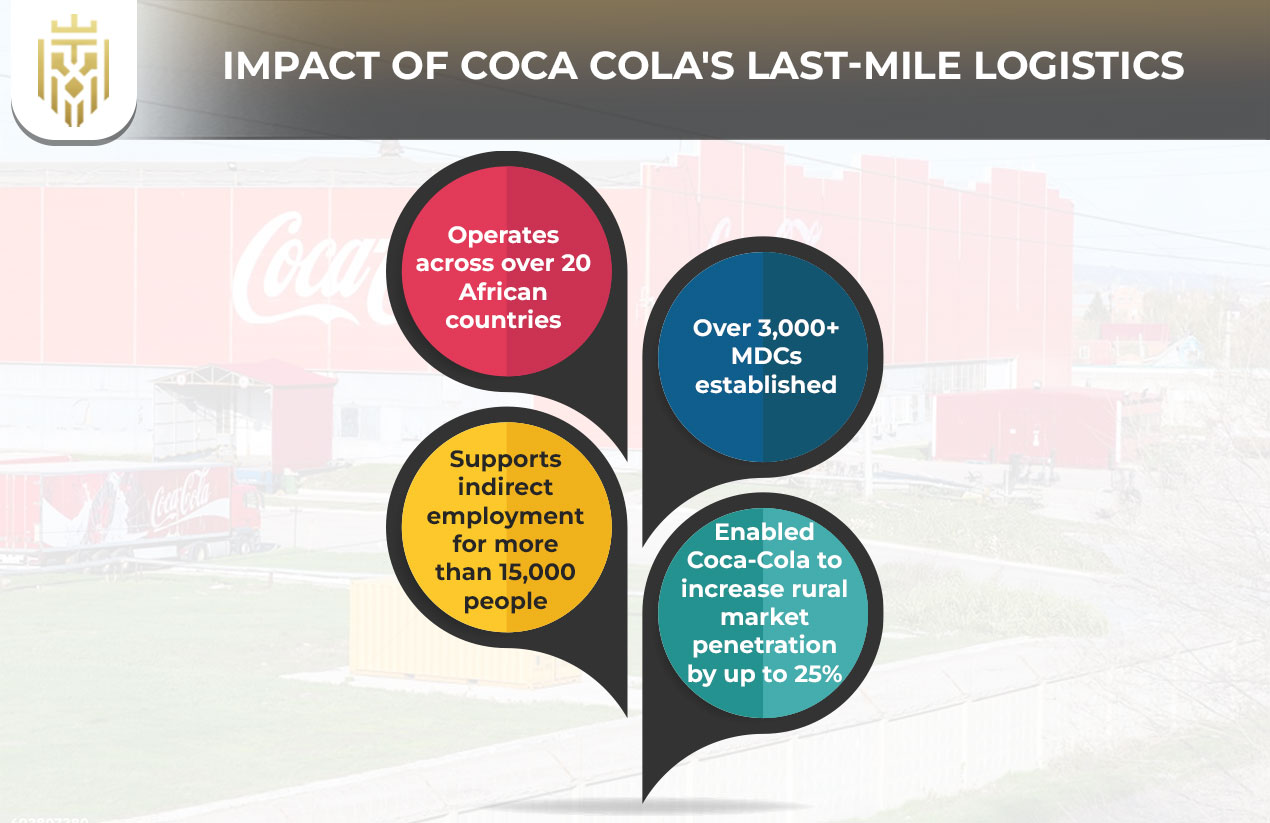
-
Coca-Cola’s MDC model operates in 20+ African countries
Notching its way from Nigeria to Tanzania, the MDC network covers operations in over 20 countries. Issues unique to these areas are taken into account in the approach while maintaining a common goal: to make the products accessible everywhere. This is an example of a last mile model made for scalability, where each path from the scaled-point is a variation of the motherhood concept. The spread thus shows that it cuts across languages, terrain, and infrastructure.
-
Over 3,000 MDCs have been established.
More than 3,000 MDCs are in active operation, creating opportunities for underemployed communities and additional employment while developing localized delivery systems. Every MDC does distribution within its own territory, allowing Coca-Cola to expand into new territory without large capital investments in logistics. They are a true representation of bottom-up last mile transportation, which is well adapted to community-scale functionality rather than just centralized efficiencies.
-
Indirectly supports employment for over 15,000 people
Through the MDC system, over 15,000 people are employed indirectly, from cart-pullers to warehouse managers. Beyond beverage distribution, this model is a platform to develop a micro-economy of local enterprises. This workforce is key to Coca-Cola’s last-mile operations, transforming logistics into a livelihood platform. It is the prototype of how inclusive growth and operational reach can move together.
-
Boosted rural market penetration by up to 25%
Internal MDCs have extended Coca-Cola’s rural outreach by about 25% in some markets since the establishment of the model. Growth in penetration is a testimony to the power of decentralized logistics that stand on the local concern. The company bypassed traditional obstacles to establish its presence while ensuring product availability, thus positioning itself as a global leader in last-mile delivery innovation.
Project Last Mile: Scaling Supply Chain Excellence Beyond Coca-Cola
Project Last Mile represents Coca-Cola’s public-private partnership by giving logistics benefits in Africa to more than just commercial products model but to government and non-governmental organizations in the delivery of vaccines and medicines. Such business-driven logistics strategies for public issues demonstrate how credible the company’s tradition goes beyond soft drinks.
-
Partners with governments to strengthen healthcare delivery systems
Through Project Last Mile, Coca-Cola has partnered with countries’ health ministries in places like Tanzania, Ghana, and South Africa to advance medical distribution. These projects depend on Coca-Cola’s logistical know-how and route planning to optimize last mile transport involved in getting vaccines, diagnostics, or critical supplies to the health facilities. It is transforming lives through corporate capability that is not even commercial.
-
Applies Coca-Cola’s logistics expertise to improve medicine distribution in remote areas
Remote villages face the same barriers to getting timely medicines that deny them soft drinks. Those bottlenecks are bridged using Coca-Cola logistics data and tracking systems plus the MDC model. Project Last Mile adopts last mile operating thought in converting healthcare into a public-supported delivery chain by utilizing efficiencies of the private sector. The outcome is a much healthier rural populace that is better connected.
One Cold Coke, a Million Small Miracles
Each cold Coke sitting in a distant town is the result of hundreds of human touches rather than machinery. Coca-Cola’s unique approach to last-mile delivery proves that innovation does not always indicate automation. Sometimes, the most efficient logistics solutions involve empowering local people, respecting terrain, and reinventing the path forward one step—or one wheel—at a time.
FAQs
1) What is the MDC Model?
The MDC model represents a distribution strategy where small local distributors work to serve remote markets while improving product accessibility and minimizing expenses and expanding market reach.
2) Why did Coca-Cola create the MDC model?
With the MDC model, Coca-Cola sought to circumvent degenerate infrastructure hindrances and thus facilitate better last-mile deliveries by augmenting local entrepreneurs in reaching rural retailers with light, terrain-specific modes of transportation.
3) How do Coca-Cola products reach remote villages without roads?
Goods will be taken from bottlers to MDCs on the urban-rural fringes, then there will be a delivery by means of bicycles, boats, or carts—ensuring an efficient last mile transport operation in cases where there could be no road or ordinary vehicle access.
4) How does this model benefit local communities?
The MDC model adds to local employment creation, preserves the working capacity of micro-entrepreneurs, and ensures continuous product availability—thus strengthening last-mile logistics while providing support to sustainable community development.
5) What is Project Last Mile, and how is it related to Coca-Cola?
Project Last Mile leverages Coca-Cola’s last-mile operational know-how in public health, thereby improving the distribution of medicines in Africa, in collaboration with governments and agencies such as USAID and the Bill & Melinda Gates Foundation.

